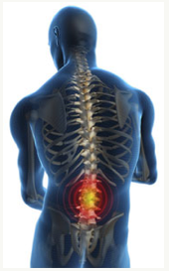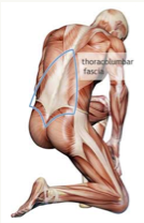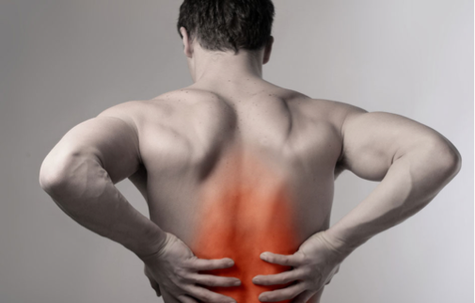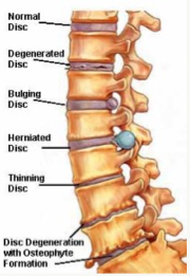Did you know that 80% of people over the age of 35 experience lower back pain at some point in their lives? And 1 in 4 people will be suffering from it right now…
 Lower Back Pain
Lower Back Pain Back pain is one of the most prevalent health conditions affecting at least one in ten Australians at any time. According to the Medical Journal of Australia, “up to eighty per cent of Australians will experience back pain at some point in their lives and 10% will experience significant disability as a result. Lifetime prevalence of low back pain is reported to be as high as 79.2% in Australian adults and 84% in adolescents”. One in four adults with back pain are reported to have fair to poor physical health, compared with one in nine of the general population. Back pain has been reported to double or even triple feelings such as sadness, worthlessness, hopelessness, as well as feeling like everything is an effort.
Back pain can refer to both upper and lower back pain. Upper back pain affects the mechanics of the lower back, so sometimes they will co-exist. This blog will focus on lower back pain.
Acute Back Pain vs Chronic Back Pain
Lower back pain can be experienced as pain or tension around the lower back area (lumbar spine) and can affect the spine, joints, ligaments and muscles as well as nerves.
Generally acute back pain is considered pain lasting a few days up to 6 weeks, sub-acute back pain lasts 6 weeks to 3 months, and chronic back pain lasts longer than three months.
Anatomy of Lower Back
Lower Back Pain – Lumbar Facet Joint
Your back (spine) provides you with support, mobility and protects the spinal cord. The vertebrae articulate with each other via the facet joints along the spine, and are also separated from each other by a “shock absorber” known as an intervertebral disc.
The vertebrae are held together by ligaments, and create the site of attachment of the back muscles. Spinal nerves exit at the side of each vertebrae, which send messages to the muscles, organs and the brain.
The lower back refers to the lumbar spine area. It is a complex structure composed of the vertebrae (the bones of the spine), muscles, nerves, ligaments, and other soft tissues. Lower back pain can result from either injury and damage to any of these structures, or can also be caused by the spine and body being in mis-alignment due to tension in some muscles as well as the connective tissue (myofascial tissue / fascia).
- Psoas
- Quads – particularly Rectus Femoris
- Quadratus Lumborum
- Latissimus Dorsi
- Adductors
- Rectus Abdominus
- Gluteals
 Thoracolumbar Fascia
Thoracolumbar Fascia The thoracolumbar fascia is a diamond shape of connective tissue that is located directly over the lumbar spine area. It forms the attachment of the Latissimus Dorsi Gluteal muscles, and the Transverse abdominus muscle (core). This area can also become tight and contract, creating postural imbalances.
It’s sometimes hard to know exactly what causes back pain. It’s usually thought to be related to a muscle strain or mechanical dysfunction in one of the structures in your back, rather than just a nerve problem.
For many people with back pain, there isn’t any one specific underlying problem or condition that can be identified as the cause of the pain. Lower back pain can have many causes including:
- Weakness of core muscles can mean that more load is taken through the back, putting pressure on the lumbar spine
- Fascial tightness – increased tension in connective tissue, making it prone to injuries such as tears or strains
- Back muscle strain or sprain
- Disc injury or degeneration such as slipped disc, bulging disc, herniated disc
- Scoliosis
- Nerve-root pressure / nerve irritation / nerve impingement
- Spinal stenosis (a narrowing of the spinal canal through which the spinal cord passes)
- Inflammation in the surrounding areas which is where turmeric may help relieve pain
Back pain may also be caused by an infection or cancer, but these two causes are very rare. The most common causes are either injury or strained/sprained/tight muscles. |
Symptoms of lower back pain can depend on the cause. Some common symptoms include:
- Muscle spasm and tightness
- Muscle cramps
- Stiffness
- Pain around the back and buttock areas
- Numbness
- Tingling
- Aches
- Muscle Spasm
- Locking joints creating a limited range of movement (ROM)
- Weakness
If you are experiencing these symptoms, book online now to see our Myotherapist today who can start treating you for your lower back pain.
In “Part 2″ our next blog will cover treatment options, self care and prevention of lower back pain, so stay tuned!



 RSS Feed
RSS Feed

















